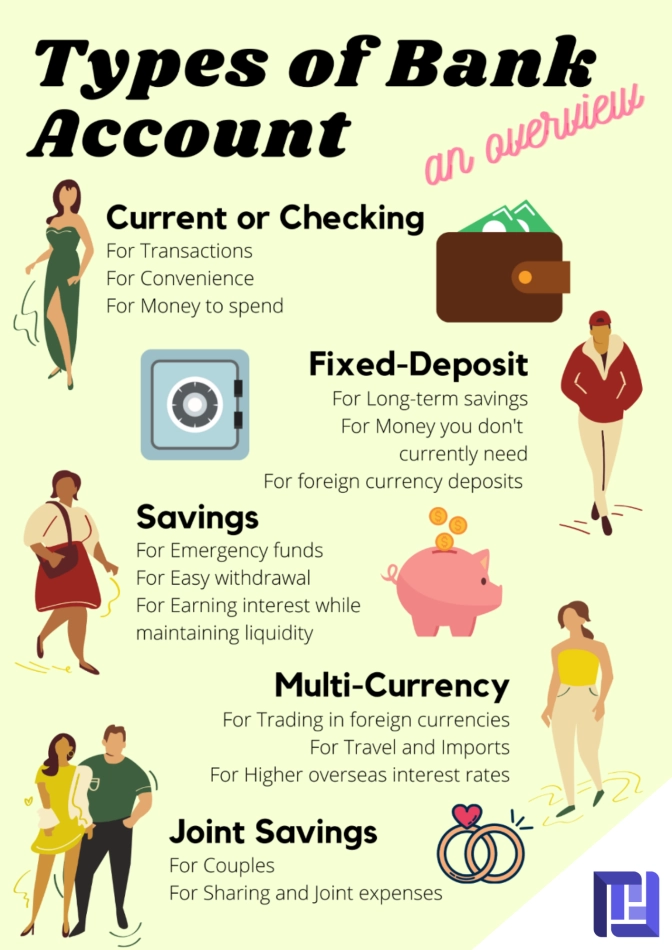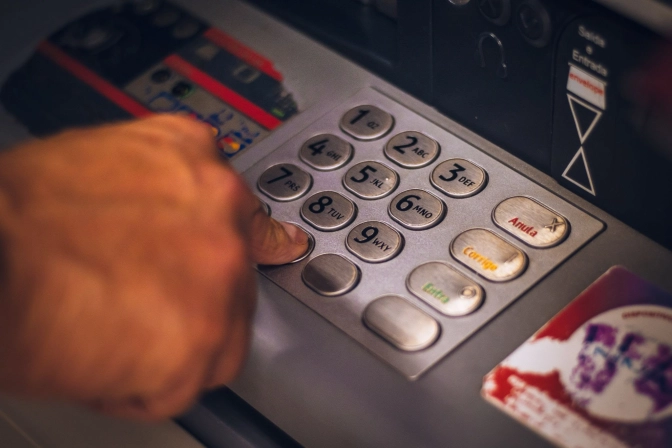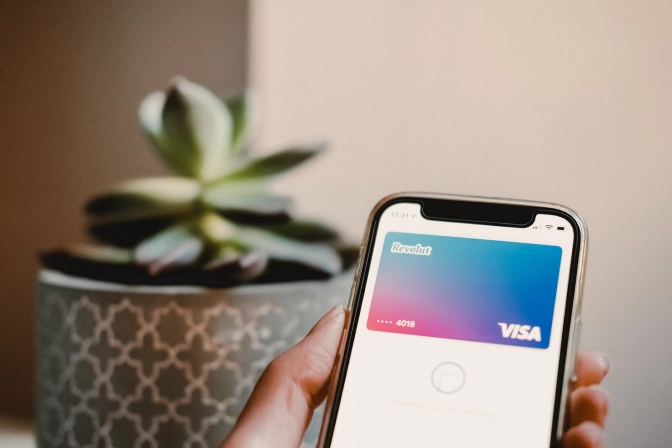An Overview of the Main Bank Account Types
Start your journey by stashing your cash in the correct bank account
- There are five main types of bank accounts - current, savings, fixed-deposit, multi-currency and joint savings.
- Savings accounts are more for short-term savings, while Fixed-Deposit accounts are for long-term savings.
- When choosing a bank account, you should consider the best-offered interest rate to counter the impact of inflation.
Many of our parents started saving for us with bank accounts marketed for children when we were kids. That’s where we stashed things like savings from pocket money.
It’s an excellent way to start us off; however, once we get older and start to earn an income, the options are much broader — and better, too, with higher interest rates and other relevant perks. More options can also be daunting, especially if you’re unsure about any of them or what they’re for. With jargon like “interest caps”, “salary credit requirements”, and “investment dividends”, it’s neither intuitive nor easy to navigate.
Here are the main types of bank accounts that you need to know about and what to use them for to get started.

1. Current Account
Good for: Convenience
A transactional account is the best description of a current or a checking account. By this, we mean that it’s not really meant for storing a lot of money or for a very long time. Instead, with its usually low (or no) interest rates, it’s more for convenience than for any long-term savings.
It’s convenient because, with a current account, you’re usually given an accompanying ATM or debit card (not a credit card) and access to online banking.

However, current accounts may have a minimum balance requirement depending on the bank. If your daily average balance falls below this limit, you’ll have to pay a minimum balance fee. Other things to look out for are the monthly maintenance fees and a minimum initial deposit, the minimum amount you need to deposit to open an account. Some banks have all the requirements, and some have none — so be sure to read the T&Cs before committing to anything.
2. Fixed-Deposit Account
Good for: Wealth Protection
If current accounts feel almost more “fleeting”, fixed-deposit accounts are the opposite of that. With their higher interest rates, these accounts are more suitable for long-term savings and act as a form of very low-risk investing.
Depositing money into these fixed-deposit accounts locks up money for a period of time. Withdrawing the money before the agreed time will result in a penalty. Alternatively, leaving the money untouched until the maturity date means all the cash and the accrued interest gets returned to you. The returns of a fixed deposit account are considered more stable than riskier forms of investment, such as purchasing shares. As a result, these fixed-deposit accounts are especially popular during periods of economic uncertainty.

Again, the rates of return and duration to maturity differ from bank to bank. To decide which is best, try and find the best fit for you regarding lock-in duration. If you’re confident you won’t make any withdrawals in the next ten years or so, then choosing a fixed-deposit account with a longer tenor and higher interest is ideal.
(Note: That said, for wealth creation, this would have to be in the context of a broader portfolio of investments, some of which may have a higher risk-reward profile.)
However, if you prefer a more fluid cash flow, opt for a shorter tenure or another type of bank account altogether.
3. Savings Account
Good for: Emergency Fund and Cash Management
Compared to a fixed-deposit account, where your savings are locked in for a period, savings accounts offer a similar interest rate but with the ability to access your funds without incurring a penalty upon withdrawal. This is ideal for short-term savings like an emergency fund, where you may have to draw out your savings quickly.
You may want to consider putting some of your savings, above a certain amount, in a fixed deposit account, even though you would have to pay the penalty on the withdrawal. A savings account can be a convenient place to separate money from the cash coming into the current account during the pay cycle since savings accounts are often held at the same bank.
Usually, the interest rates for savings accounts are tiered, meaning once you save a certain amount, you can “unlock” a higher interest rate or a higher cap on the interest you earn. If you are working, getting your monthly salary credited to your savings account is another way to earn additional interest. Putting your entire salary into savings first encourages you to follow the ‘pay-yourself-first rule’, which is essential to budgeting.
Savings accounts come with the easy accessibility of a current account, as you can quickly access your money through debit cards and online banking. If you find it hard to control your spending, consider keeping your emergency fund in a savings account with another bank. This adds a little extra friction by keeping it out of your mind if you are tempted to dip into it in non-emergency situations (don't do it)!
4. Multi-Currency Accounts
Good for: Those who spend and receive in different currencies
Traditionally, if you had to pay for something or receive money in a foreign currency, you would need to exchange it on the spot beforehand. This meant the funds exchanged were at the mercy of a fluctuating conversion rate — there was no choice but to convert even when the rate was "unfavourable."

However, now with multi-currency accounts, you’ll be able to have different currencies in your account. That way, you can wait for the right time to convert foreign funds into local currency, avoiding foreign exchange conversion fees. Of course, you can get the timing of your rate "wrong", too, but trading is not the purpose of such accounts. It’s not really for those looking for a fantastic savings interest rate, either, as interest rates of multi-currency accounts are akin to that of current accounts with low or no interest rates. Instead, having a multi-currency account is excellent for people who go abroad often or if you tend to shop for items and buy things using foreign currency.
5. Joint Savings Accounts
Good for: Couples
A joint account is essentially a savings account with two account holders. That means you and your partner both have access to it. The benefits to this are similar to that of a regular savings account, but it also helps couples manage and pay off joint expenses, such as appliances, childcare and holidays.
Typically, the arrangement is that both partners contribute some amount from their monthly salaries to this joint savings account. It’s great for administrative purposes, but it depends on the couple’s dynamics and how they agree on using the joint account. There’s always the risk of conflict with a shared account like this, so communicate with your partner, so there aren’t any headaches!
Challenger Banks
Fired up by dreams of disruption and powered by lots of venture capital money, digital banks around the world, such as Monzo, Revolut, Chime and Nubank, have been steadily taking market share from incumbent banks. Sometimes called challenger banks or neobanks, they are digital-first banks that offer better banking experiences, speed and much better pricing than traditional brick-and-mortar banks.
Challenger banks aim to use features of multiple traditional bank account types mentioned earlier. For example, a user could use Revolut as a current, savings and travel account. An account with Revolut allows the functionalities of a current account plus saving account functionalities like Pockets (savings pots) and travel features such as fee-free foreign transactions and ATM withdrawals.

The benefits of challenger banks can go beyond banking, too. Some are targeted towards particular communities, for example, Daylight is an American banking app aiming to address the challenges presented to LGBTQ+ people.
However, though very popular with their customers, most have been slow to win a significant share of the deposit franchise and lending businesses that underpin the business models of the best banks. That may change as bottomless investor funding dries up and digital banks (many of which started without banking licenses at all, with many still operating "on top of" the licenses of other banks) turn to use more conventional deposit franchise and lending-based business models. According to 2022 research by BCG Consulting, only 5%, or 13 out of 249 digital banks worldwide, are profitable.
Whether or not to use a digital bank will depend on many factors. As they tend not to have their own ATMs, those who want cash will have to think about the ATM networks they use and their cost. Credit cards (as opposed to debit cards) are another area where digital banks may face stiff competition from existing players with their established networks and reward point ecosystems. Customers may also need to consider deposit protection of the account by the central bank, a worst-case scenario but not a zero-probability event. Many users still maintain a conventional bank account to keep the bulk of their deposits and do the rest of their banking and related activities, such as investments and insurance.
Incumbent banks are slowly but surely picking away at digital banks' advantages feature-by-feature, such that for many customers, it may not be worth maintaining a separate banking relationship or moving their salary payment to the digital bank.
A Note on Inflation
Different bank accounts will suit you depending on your spending habits and saving needs. When choosing one, it is essential to look at the offered interest rates to see if it is keeping up with current inflation levels. Inflation means that prices tend to increase over time, meaning you can buy fewer things with the same amount of money. For example, what you can buy with $300 today may not be as much as you can get in future.
To ensure that your savings are not compromised and the original $300 can still buy you the same amount of things in the future, you should put it in a bank account that generates a relatively high amount of interest. For best results, choose an account with an interest level high enough to keep up with inflation rates. Last year (2023), the global inflation rate was 6.88% compared to 8.71% the previous year. This is especially important for long-term savings and fixed deposits!
Starting the right bank account is the beginning of your personal finance journey, but it’s a great start! Once your savings are in check according to your goals, you can begin looking at other ways to grow your wealth!
BANK ACCOUNTS. COMPLETED. ✅
Sources:
